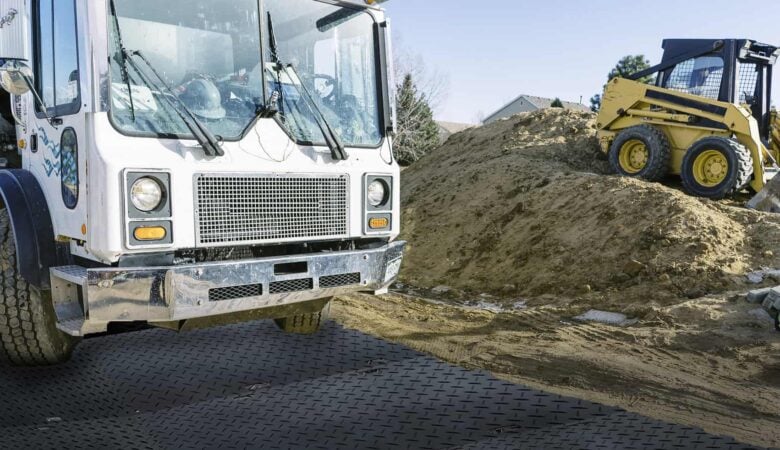Mytee Products carries a complete range of shackles as part of our rigging inventory. Customers use them to perform heavy lifts, particularly when loading unusual cargo onto flatbed trailers. We know how dangerous such lifts can be, which is why we do our best to encourage customers to adopt a safety-first mindset.
Where shackles are concerned, an important part of safety is thoroughly understanding what they are and how they work. There is not enough space in a single blog post to talk about shackles in detail, but we can offer a few basics. We have done so by way of three fundamental questions that we often hear from customers purchasing shackles for the first time.

What are the different kinds of shackles?
Shackles are defined by their shape and the pins they utilize. The purpose in classifying them this way stems from the fact that the shackle has two main paths through which energy travels: the main body and the pin.
In terms of shape, you are looking at anchor-style and chain-style shackles. The former is more circular in shape with the legs tapering toward the center of the shackle’s main body. The latter looks just like a chain link. For purposes of description, these kinds of shackles are sometimes referred to as D-shape shackles.
Pins can be either screw or bolt-type pins. A screw-type pin is just as its name suggests. It has a threaded end that is screwed into the opposite leg of the shackle after insertion. A bolt-type pin slips through both legs and is then secured by either a nut or cotter pin.
What are the biggest concerns when using shackles?
This question is usually born out of inexperience. It is a fair enough question and getting the right answers could mean the difference between a safe lift and an unnecessarily dangerous situation. From our perspective, here are the biggest concerns:
• Replacing manufacturer pins with generic bolts or unidentified pins. A replacement pin that is not strong enough can bend under load.
• Allowing shackles to be pulled at odd angles, thus allowing the legs to open. This could lead to a broken shackle.
• Mistakenly using deformed shackles or those with bent pins. Disaster awaits.
• Purposely forcing pins, or the shackles themselves, into position. This puts unnecessary stress on a shackle.
• Exceeding a 120° angle between multiple sling legs. This puts too much stress on sling and shackle alike.
Most of the concern over lifting with shackles relates to creating unsafe conditions by not using lifting equipment properly. The best way to avoid accidents is to thoroughly understand lifting principles and abide by all generally accepted safe lifting rules.
How often should shackles be inspected?
General guidelines say shackles should be inspected regularly. We prefer a more defined answer: inspect shackles prior to and after each lift. Shackles should be inspected for:
• pin hole elongation and wear
• any bending in the shackle body
• distortion, wear, fractures, or blemishes on pins
• pin straightness and seating
• any distortion in excess of 10% of a shackle’s original body shape.
It is always better to be safe than sorry where shackle inspections are concerned. Some normal wear and tear is expected over the life of a shackle, but wear and tear should not be enough to significantly alter the appearance or function of a shackle. The presence of any significant distortion is reason to discard a shackle.
We carry a variety of rigging equipment and supplies for your convenience. Please do not hesitate to ask if you have questions about our shackles, slings, etc.














